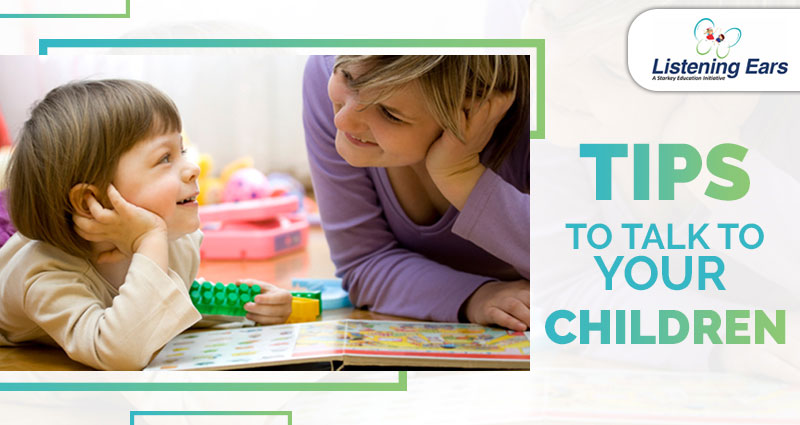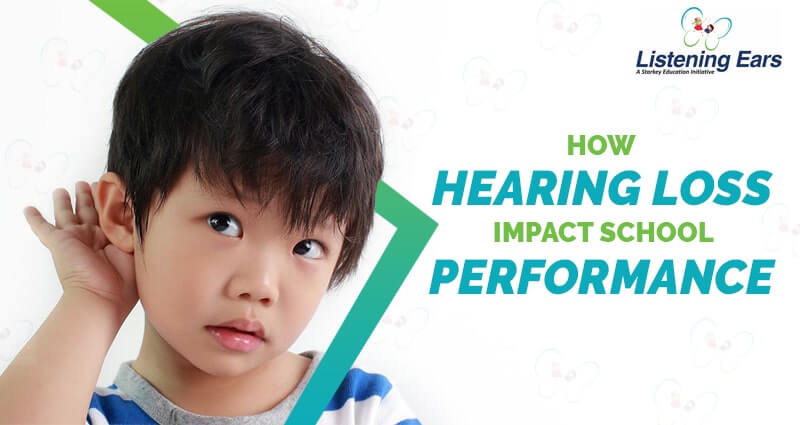Speech Perception in Classroom Acoustics by Children with Cochlear Implants and With Typical Hearing
Beneficial Earwax
November 24, 2016What is Auditory-Verbal Therapy
November 26, 2016CLASSROOM ACOUSTIC AND ANSI STANDARD S12.60
ANSI STANDARD S12.60 ON CLASSROOM ACOUSTICS
Every day, thousands of students across the country are unable to understand 25 to 30 percent of what’s said in their classroom. Excessive noise and Reverberation in a classroom interferes with a student’s ability to clearly hear their teacher.
Before reviewing the standard, it’s important to be familiar with the attributes of sound found in the classroom that affect a student’s ability to hear and learn.
- Direct Sound
The sound of a teacher’s voice traveling directly from the teacher to the student is direct sound. It is always beneficial in terms of speech intelligibility because it is not affected by anything in the room, making it clear and distinct. - Reflected Sound
Reflected sound takes longer to reach the listener than direct sound because its path to the listener is longer. Reflected sound can be good or bad depending on the time delay. - Reverberation Time
the overall effect of reflected sound is called reverberation and the time required for reflected sound to become inaudible is called reverberation time. - Short reverberation times are good for speech intelligibility.
- Background Noise
any sound that is generated outside the building, such as playground activity, traffic and planes can be considered background noise. It generally intrudes in the classroom by way of the windows. Within the building, an AC system and corridor noise can contribute to background noise.
THE ANSI STANDARD
ANSI Standard S12.60 for Classroom Acoustics addresses the issues of both reverberation time and background noise and their effect on speech intelligibility by placing maximum permissible levels on each.
Under the standard, the maximum reverberation time in an unoccupied, furnished classroom with a volume under 10,000 cubic feet is 0.6 seconds, and 0.7 seconds for a classroom between 10,000 and 20,000 cubic feet.
The maximum level of background noise allowed in the same classroom is 35 decibels (dBA).
The standard’s acoustical performance criteria and design requirements apply during the design and construction of all new classrooms or learning spaces of small-to-moderate size and as far as is practical, to the design and reconstruction of renovated spaces.
At the present time, the ANSI standard is voluntary unless referenced by a code, ordinance or regulation. However, school systems may require compliance with the standard as part of their construction documents for new schools.
- Frank Iglehart (2016) measured speech perception ability in children with cochlear implants and children with typical hearing when listening across ranges of reverberation times (RTs) and speech-to-noise ratios.Participants listened in classroom RTs of 0.3, 0.6, and 0.9 s combined with a 21-dB range of speech-to-noise ratios. Performance measures using the Bamford-Kowal-Bench Speech-in-Noise Test (Etymotic Research, Inc., 2005) were 50% correct word recognition across these acoustic conditions, with supplementary analyses of percent correct.Result of the study showed that reduction in RT from 0.9 to 0.6 s benefited both groups of children. Further reduction in RT to 0.3 s provided additional benefit to the children with cochlear implants, with no further benefit or harm to those with typical hearing.
Scores in the sound booth were significantly higher for the participants with implants than in the classroom.
These results support the acoustic standards of 0.6 s RT for children with typical hearing and 0.3 s RT for children with auditory issues in learning spaces as specified in standards S12.60-2010 American National Standards Institute /Acoustical Society of America (2010).
In addition, speech perception testing in a low-reverberant booth overestimated classroom listening ability in children with cochlear implants.
- Finitzo-Hieber and Tillman (1978) reported on children with typical hearing whose speech perception benefited from a reduction in RT from 1.2 to 0.4 s, with no further significant benefit from reduction to 0.0 s.
- Yang & Bradley, 2009 et al, have reported lower RTs were most beneficial (e.g., 0.3 s:Neuman et al., 2010; 0.0 s: Neuman& Hochberg, 1983; Wroblewski et al., 2012; Yacullo& Hawkins, 1987).
Compiled by:Suman S
References: Online References
- American National Standards Institute. (2002). Acoustical performance criteria, design requirements, and guidelines for schools (ANSI S12.60-2002). Melville, NY:
- http://aja.pubs.asha.org/article.aspx?articleid=2526992
- https://www.armstrongceilings.com/commercial/en-us/articles/classroom-acoustics-ansi-standard.html
- American Speech-Language-Hearing Association. (2016). Classroom acoustics. Retrieved April 25, 2016, from http://www.asha.org/Practice-Portal/professional-issues/classroom-acoustics
Finitzo-Heiber, T., & Tillman, T. W. (1978). Room acoustics effects on monosyllabic word discrimination ability for normal and hearing-impaired children. Journal of Speech, Language, and Hearing Research, 21, 440–458



